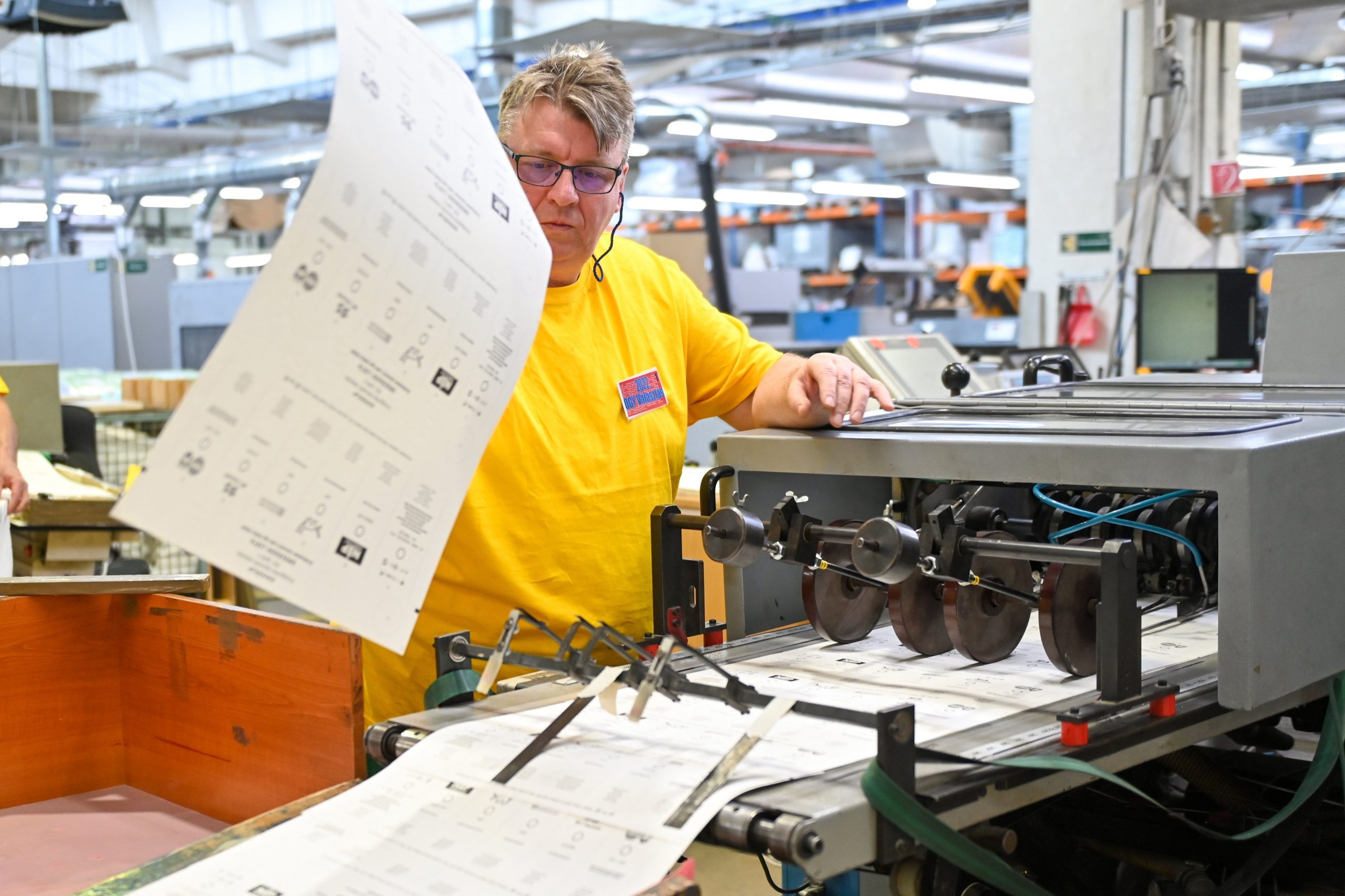It seems that Russia’s month-long war waged against Ukraine has not significantly altered the party preferences of the Hungarian people. Just over a week ahead of the 2022 Hungarian parliamentary elections, all recently conducted polls show the lead of Prime Minister Viktor Orbán’s Fidesz party. However, there is a significant difference in how closely the six-party alliance of the opposition follows the governing party in surveys.
Republikon: Difference between Fidesz and opposition alliance within margin of error
A recent survey conducted between March 16-18 by the liberal Republikon Institute predicts a close race between governing Fidesz and the six-party alliance of opposition parties, with a difference so small it is within the margin of error.
According to the survey, Fidesz has a slight, 41 percent lead among the total population compared to the 39 percent support of the allied opposition parties.
The difference is marginally higher among decided voters, as 49 percent of respondents backed Fidesz, while the same figure is 46 percent for the opposition alliances. The election will be an extremely tight race, the outcome of which will be decided only at the last minute, the pollster noted.
Chances for the opposition alliance will depend on which side can mobilize their voter base more effectively and appeal to undecided voters, the institute said. The survey found that smaller parties such as the far-right Our Homeland (Mi Hazánk) and the satirical Two-Tailed Dog Party (MKKP) would not make it to parliament.
Publicus: Tied Race, large number of undecided voters
According to the most recent survey of leftist pollster Publicus Institute commissioned by left-wing news site Népszava, 33 percent of respondents would vote for Fidesz and 31 percent for the opposition alliance – among all respondents.
Meanwhile, the support of the Two-Tailed Dog Party is at 1 percent, and that of Our Homeland is two percent; all other parties have a total of one percent support. The proportion of undecided voters is rather high at 32 percent. The survey was conducted between the 7th and the 11th of March 2022, polling 1,001 individuals via phone.
Társadalomkutató: Significant Fidesz lead over opposition alliance
Governing Fidesz has an 11 percent lead over the opposition alliance, according to a recent survey conducted between March 21 and 23 by the pro-Fidesz pollster Társadalomkutató.
Fidesz’s list would garner 52 percent of the votes if the elections were held this Sunday, against 41 percent for the opposition alliance, Társadalomkutató said on Wednesday.
The difference between the two political formations grew from 5 percent in November, the pollster found.
Among smaller parties, far-right Our Homeland and the Two-Tailed Dog Party would get 3 percent each, with other parties polling around or below 1 percent. As the threshold for parties to make it into the parliament is 5 percent, this means neither the far-right party, nor the MKKP would be able to get in.
Voters of the ruling parties seem to be committed to the party, while some 44 percent of opposition voters seem to be protest voters, according to Társadalomkutató’s survey.
Nézőpont: Almost half of opposition voters unsure Péter Márki-Zay would be a better PM than Orbán
A survey by Pro-Fidesz Nézőpont Institute conducted between March 16-21 found 49 percent of active voters would choose Fidesz, while 41 percent of them would vote for the opposition’s joint list if the election were held this Sunday. The poll suggests that 41 percent of the opposition alliances’ voter base is undecided, compared to only 4 percent of Fidesz.
Furthermore, Nézőpont found that 44 percent of opposition supporters are not even sure that Péter Márki-Zay would be a better prime minister than Viktor Orbán.
Instead of the two large political blocs, the war had a negative impact on support for the small parties instead, according to the poll. The Two-Tailed Dog Party would garner 3 percent of votes, while Our Homeland only 2 percent, Nézőpont found. The poll was conducted between March 16-21, 2022, with a representative sample of 1,000 via phone.
Featured photo by Tibor Illyés/MTI



